In Part 1 of this series, we reviewed the ideal selection parameters of a heat sink and cooling fan. In this article, we’ll discuss a thermo-electric cooler (TEC). The TEC can be used in heating or cooling systems in an application where temperature stabilization or cooling below ambient temperature is required.
In this tutorial, we’ll use a TEC for water cooling applications, and discuss the pros and cons of TEC.
1. Principle of TEC
TEC works on the principle of the Peltier Effect, which states that if a DC current is applied across two dissimilar materials, it causes a temperature difference. For this purpose, we’ll use Peltier thermo-electric material.
Peltier is made by using two ceramic wafers with P and N-doped semiconductor materials, connected in series and sandwiched in between them. The N-type semiconductor has an excess of electrons, and the P-type has a deficit of electronics. By increasing the number of P and N semiconductors, more temperature differences can be created.
The amount of temperature difference developed over the Peltier material is proportional to the current flowing through it. The negative side of the Peltier gets cooler while the positive side becomes warmer. By reversing the current flow direction, it’s possible to make the cooler side warmer and the warmer side cooler.
2. What’s needed for the Peltier material to function properly
A typical Peltier can generate a temperature difference of 70° C between its two surfaces. For its proper functioning, it’s necessary to remove heat from its warmer side. Otherwise, the Peltier will reach an equilibrium state and do nothing.
So, we’ll need add a heat sink to its warmer side (to extract any extra heat). We’ll also use a cooling fan, alongside the heat sink, to ensure any excess heat is dispersed into the surrounding air.
Peltier applications
The Peltier can be used for heating, cooling, and power generation. It can convert electrical energy into heating or cooling, and vice-versa. The conversion of temperature into power is called the Seebeck Effect.
3. The thermal schematics of our system
Circuit connection
Parts required
1. The Peltier – CP150
2. A heatsink and 12V DC cooling fan
3. An aluminium water cooling block
4. A power source 12V/10A
Driving the Peltier
The Peltier requires a current source for operation. Below are the methods by which we can operate the Peltier.
1. A current source
By applying a constant current to a Peltier, it’s possible to generate a temperature difference across it. To properly measure the amount of current needed to generate a specific temperature, we’ll use a characteristic curve, which is typically given in a Peltier data sheet (like below).
2. The voltage source
If we have a voltage source, then we can operate the Peltier via a pulse width modulation (PWM) signal. By varying the voltage, it’s possible to control the current flow throughout the Peltier.
3. The Peltier with a driver
Depending on the application of the Peltier, it’s possible to operate it with or without its driver circuitry.
Modes of operation
1. An open thermal-loop system
When the Peltier is operated without any feedback network, the system is considered an open-loop system. However, this system cannot regulate or control the temperature developed across the Peltier.
2. A closed thermal-loop system
To maintain a constant temperature for the Peltier, it’s possible to use a driver that’s an H-bridge circuit.
When any of the Peltier surfaces get warmer or cooler above its set point, the material detects this change via a temperature sensor. The driver will then response to this by changing the direction of the current flow — thus, maintaining a constant temperature.
Experimenting with the Peltier
For this tutorial, we’ve used the Peltier in an open-loop system to cool water. We mounted a cooling fan on the warmer side of the Peltier, and added a two-way aluminium water block to its cooler side.
Additionally, we used a voltage source for power. Below are the results.
Results
| Input voltage | Output current |
Temperature differences |
| 12V | 7.15A | 10° |
Application
- CCD cameras
- Laser and amplifiers
- Refrigerator and water dispensers
- Avionics
Advantages
- Small size and weight as compared to a typical mechanical system
- Unlike a heat sink, it provides cooling below ambient temperature
- The ability to cool and heat at the same time
- Precise temperature control using closed-loop thermal control
- Can be used with DC power supply or PWM signals
- Can generate electrical power
- Reliable
- Eco-friendly and does not generate gas like a conventional refrigerator
Disadvantages
- The need for a heat sink for dissipate extra heat; the temperature should not go beyond 60° C
- Requires an additional TEC module for large power generation
Additional points to consider
- Always use a heat sink and cooling fan on the warmer side of the Peltier, to guard against malfunction
- Only power the Peltier within its operating range
- The recommended power source is a current source or PWM signal
- The thermo-electric material is recommended for proper contact between heat sink and the Peltier
- Use brackets for mounting the water cooling block to the Peltier, which will create extra pressure and provide better contact
Real-time picture
Link to video here: https://youtu.be/VY6r2V9QtYs
You may also like:
Filed Under: Thermal management, Tutorials



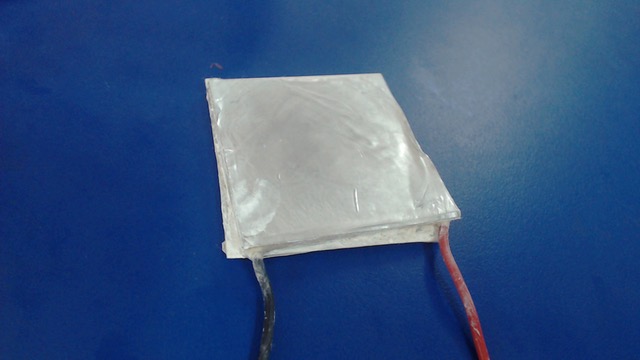

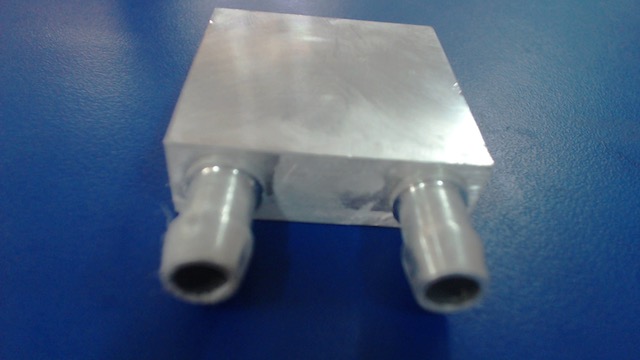
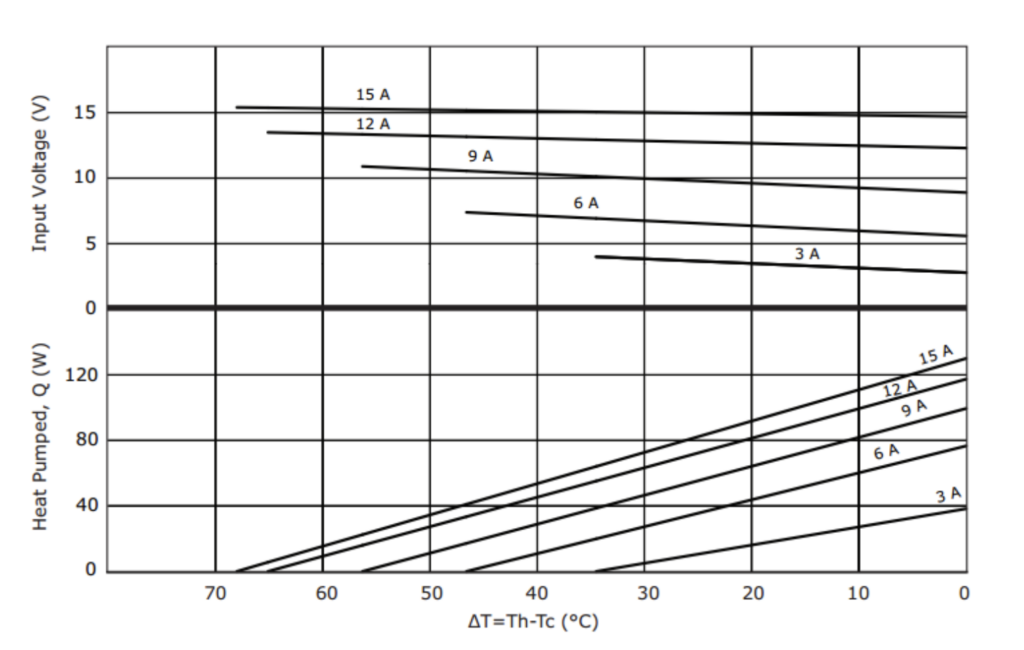
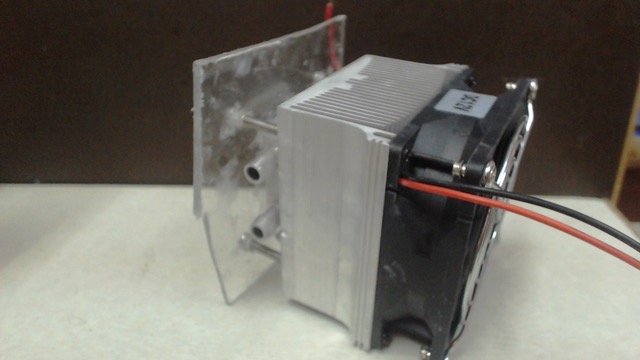

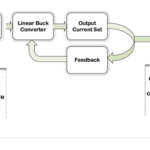




Questions related to this article?
👉Ask and discuss on Electro-Tech-Online.com and EDAboard.com forums.
Tell Us What You Think!!
You must be logged in to post a comment.